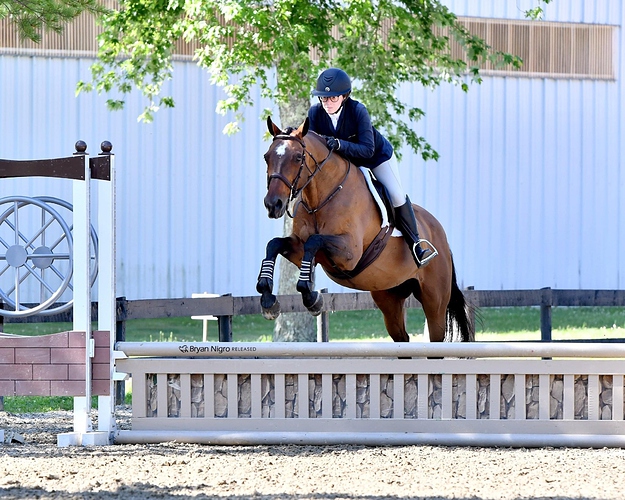Well, this is an entirely unhelpful answer because I can’t recall the details or even where I read it (probably Facebook or linked from Facebook), but I read a fairly cynical, but probably fairly accurate, chronology of the transition from TB to WB in eventing, looking at what drove the changes and how we ended up where we are.
I know it’s shocking to hear  but his conclusion was that it was all about money.
but his conclusion was that it was all about money.
But really, think about how fads and fashion roll through the horse world, from things like the brand of helmet/breeches/boots you must have, to styles of riding (e.g. crest release), not buying a chestnut horse, insisting on riding horses 17 hands or taller, and so on and so on. Think about the evolution in HUS or halter or reining horses in the QH world.
Do you really think that there has to be some rational, logical reason to explain why hunter judges have developed a preference for WBs?


 but his conclusion was that it was all about money.
but his conclusion was that it was all about money. I’m grateful WEC finally started attaching prize money to the Take2 divisions. That has made them more appealing to me. Before I’d much rather enter in something where I could get some cash back.
I’m grateful WEC finally started attaching prize money to the Take2 divisions. That has made them more appealing to me. Before I’d much rather enter in something where I could get some cash back.

 Both then and now.
Both then and now.